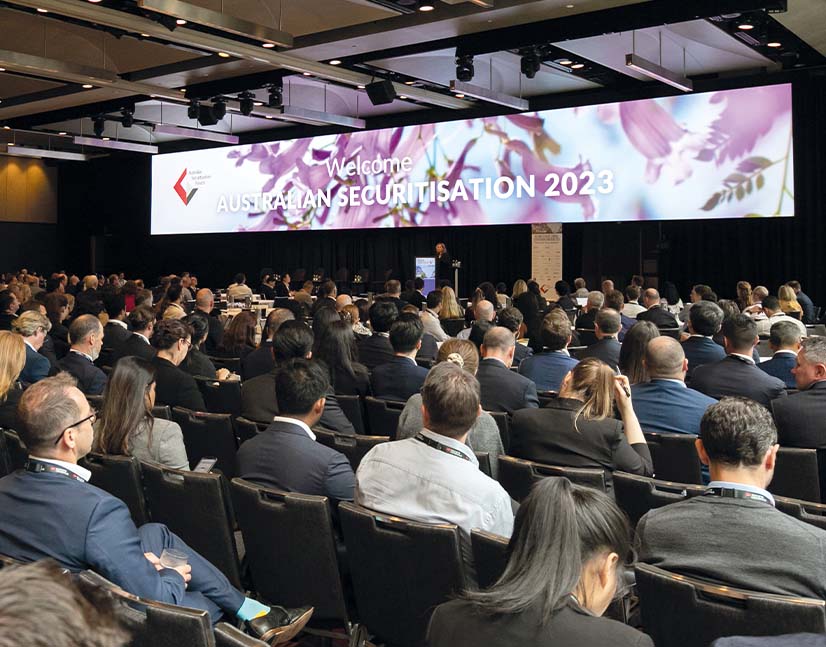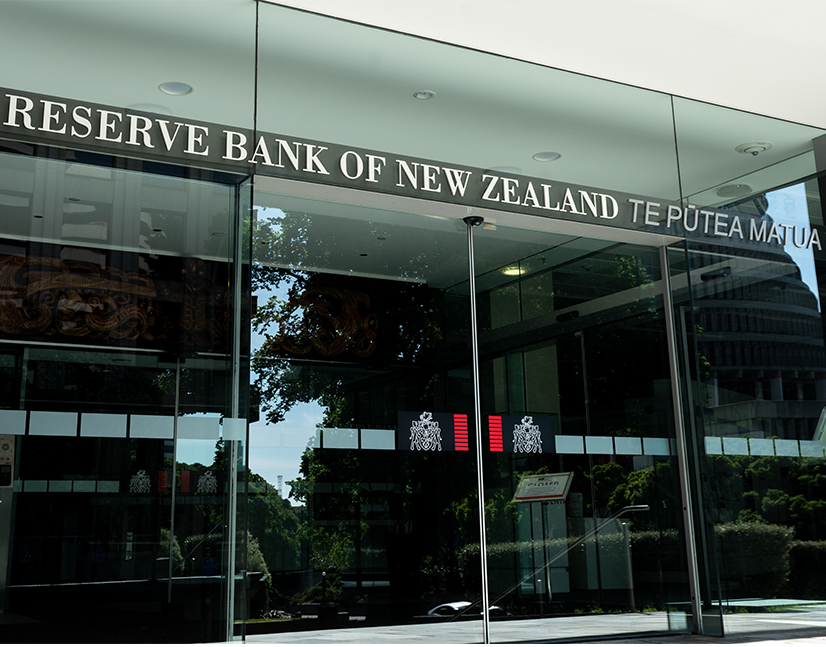
The IBOR clock keeps ticking
Updates in early 2021 confirm that there will be no reprieve for the international IBOR complex and only a temporary stay of execution for some specific rates. Market participants say Australasia – where rates based on bank bills will continue to exist, at least for the time being – is still insufficiently engaged with the transition process, including in the context of all-important cross-currency swaps.
Laurence Davison Head of Content and Editor KANGANEWS
The challenge for most market participants in Australia and New Zealand has not changed since it became clear, nearly half a decade ago, that most global IBORs will not survive past the end of 2021. Paradoxically, it comes from the fact that Australia’s bank bill swap rate (BBSW) and New Zealand’s bank bill benchmark rate (BKBM) are likely to survive the IBOR cull.
This is in some ways good news for market participants, as it obviates the most pressing need to overhaul systems and documentation to accommodate alternative reference rates (ARRs) – typically risk-free rates (RFRs) based on the central-bank overnight cash rate.
But it also potentially leaves Australasian market participants tied to a pricing benchmark that is no longer a like-for-like fit with international peers and counterparties. This could prove problematic in a range of market transactions, including – but by no means limited to – cross-currency hedging when issuing and investing offshore.
For several years, the message from the international market community – notably the International Swaps and Derivatives Association (ISDA) – has been twofold: that progress toward the end of IBORs has been satisfactory but that there is no time to lose in preparation for the new environment.
As the last year for most global IBORs starts to slip by, what was a measured progression is becoming a race against time. The cut-off date for some aspects of US LIBOR has been extended but this does not appear to offer much in the way of a stay of execution, and takeup of ARR-based derivatives is suboptimal with the possible exception of the UK market.
The latest and most definitive update on the end of IBORs came from the UK’s Financial Conduct Authority (FCA) on 5 March this year. This confirms that a raft of global IBORs – including all euro and Swiss franc settings, the majority of sterling and yen ones and two US LIBOR settings – will cease to exist after their final publication on 31 December 2021.
A handful of IBORs now seem likely to limp into 2022. The FCA is consulting the market on whether it should require ICE Benchmark Administration (IBA) to continue publishing one-, three- and six-month sterling LIBOR for some period into 2022, and the same settings of yen LIBOR for a set period of one year. Both would be on a “nonrepresentative, synthetic basis”.
The fate of the remaining five US dollar LIBOR settings is different again. Publication of overnight and 12-month US dollar LIBOR will cease for good immediately after publication on 30 June 2023. The FCA has also said it will consider whether to require IBA to continue publishing one-month, three-month and six-month US dollar LIBOR – also on a nonrepresentative, synthetic basis – for a further period after end-June 2023.
The extension of the life of some IBORs in zombie form after the end of this year is not intended to support their continued use as benchmark rates for new contracts. Scott O’Malia, ISDA’s chief executive, says: “Firms shouldn’t assume they can take their foot off the pedal. In fact, US regulators have made clear they expect US-regulated firms to stop using US dollar LIBOR for new trades after the end of 2021, subject to a few exceptions.”
CROSS-CURRENCY CHALLENGE
The extension still poses a problem for Australasian market participants – specifically those with active cross-currency business. Cross-currency swaps have traditionally had an IBOR at both ends. An Australian bank, for instance, could issue a US dollar bond with a LIBOR benchmark and swap the proceeds back to an Australian dollar BBSW basis.
With IBORs largely unavailable offshore after the end of this year, the simplest solution would be to transition cross-currency swaps to have an RFR at either end, for instance paying the US secured overnight funding rate (SOFR) and receiving Australian overnight index average (AONIA). By contrast, having an overnight, risk-free rate like SOFR at one end and a term, credit-based benchmark like BBSW at the other introduces basis risk.
However, with no direct local compulsion to move on from BBSW or BKBM to RFRs for domestic contracts, Australasian market users may have to be operationally prepared to handle multiple rate types if they wish to access global markets.
The US may no longer be the guiding precedent. Speaking at an ISDA webinar in late March, Kerryn Smith, executive manager, compliance at Westpac Institutional Bank, explained: “The delayed transition for cross-currency LIBOR makes a difference in our market because US dollar LIBOR is the most commonly used rate in Australia. What happens with US dollar LIBOR will drive a lot of things in our market, including being the primary trigger for the transition to RFRs.”
There is no right or wrong answer to the question of whether cross-currency swaps should be on an IBOR-versus-RFR or an RFR-versus-RFR basis. Speaking at the same webinar, Ben Watt, director, derivatives trading at National Australia Bank, noted “competing forces at play”. Specifically, he suggested that international investment banks and the global market community may favour moving to a standardised RFR-versus-RFR approach while local issuers may prefer to stay with the familiar IBOR-based market on the domestic leg.
“My suspicion is that we will see some bifurcation,” Watt said. “As the global market transitions away from LIBOR I think we will end up with a BBSW-versus-SOFR cross-currency market and also AONIA versus SOFR.”
Having multiple options in use may sound appealing but it is probably not an ideal end state. Watt continued: “The challenge will be working in this environment. There could be less liquidity as well as specific issues around how BBSW versus RFR will work. We will certainly need to work with our clients on the mismatch that can be caused by the bank-credit component of BBSW and its absence in an RFR.”
“Bank treasuries are receiving revenue based on the cash rate plus a margin whereas their funding books are benchmarked against three-month BBSW. There is a natural structural mismatch and it would make sense to start benchmarking against three-month AONIA. In the longer term, I think BBSW will disappear.”
AUSTRALASIAN PROGRESS
There appears to be growing momentum behind the view that Australasian markets will ultimately move on from BBSW and BKBM, with the need to adopt international norms overwhelming domestic inertia. This is not unique to Australia and New Zealand, and in fact applies across the Asian region – where several jurisdictions have ongoing, apparently robust IBORs.
“The challenge now is to educate balance sheets, meaning issuers and investors, to get used to a new reference rate. But my guess is that corporate treasurers will move away from local IBORs, like BBSW and SIBOR, to new reference rates,” Chu Kok Wei, group head of CIMB Bank’s treasury and markets group and vice president of the Asia Securities Industry and Financial Markets Association, said at the ISDA webinar.
Chu believes the cross-currency swap market will not immediately migrate to a new format but neither will there be a total free-for-all. Instead he predicts “something like the 80-20 rule”, in other words the emergence of a format that serves the purposes of the majority of market users.
Watt, meanwhile, believes there is a powerful rationale in today’s interest-rate environment for banks to recalibrate their retail lending books – especially mortgages. “Bank treasuries are receiving revenue based on the cash rate plus a margin whereas their funding books are benchmarked against three-month BBSW,” he said. “There is a natural structural mismatch and it would make sense to start benchmarking against three-month AONIA. In the longer term, I think BBSW will disappear – though it requires banks themselves to make the move.”
Australasian regulators continue to take an advisory rather than a prescriptive approach. Dean Hill, manager, market operations at the Reserve Bank of New Zealand said at the ISDA webinar that the central bank’s goal is to be a local “role model” by ensuring its balance sheet is prepared for ARRs by the middle of 2021. It is also promoting discussion involving the prudential regulatory arm of the RBNZ and industry to ensure New Zealand remains a stable and liquid environment through transition.
The consistent line from the Reserve Bank of Australia (RBA) has been that local market participants should consider whether the reference rates they are using remain appropriate. This has not changed, but RBA assistant governor, financial markets, Chris Kent, suggested at the ISDA webinar that he believes international evolution may be irresistible.
“Part of what we do in Australia is going to be driven by trends offshore,” Kent said. “If there is a contract that currently references a credit-based benchmark but offshore there is a widespread trend of moving away from those and toward risk-free rates, I imagine we may well follow that trend in Australia.”

HIGH-GRADE ISSUERS YEARBOOK 2023
The ultimate guide to Australian and New Zealand government-sector borrowers.















